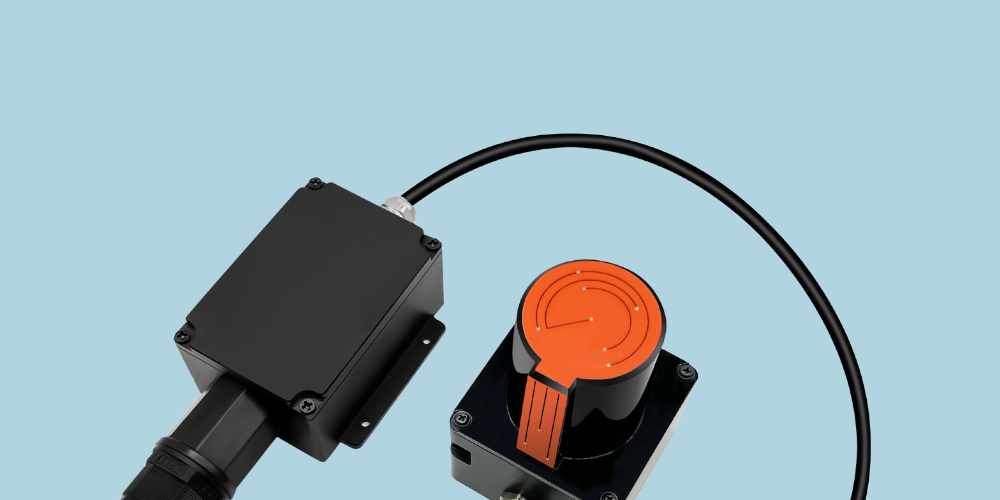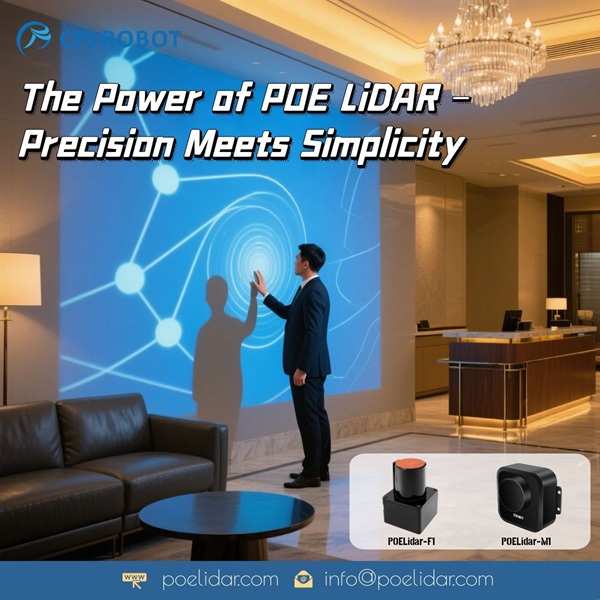Introduction
In the ever-evolving world of interactive technology, LiDAR (Light Detection and Ranging) is making waves by transforming the way we interact with digital content. One of the standout applications of LiDAR is in interactive projection, offering a touch-free, intuitive, and engaging experience. This article delves into the myriad benefits of using LiDAR for interactive projection and why it is becoming the preferred choice for innovative applications.

Benefits of Using LiDAR for Interactive Projection
Enhanced User Experience
LiDAR technology facilitates gesture control, allowing users to interact with projections in a more natural and intuitive manner. This touch-free interaction mimics real-world movements, making the user experience more immersive and engaging.
Increased Flexibility
LiDAR enables users to operate projections without physically touching a screen. This flexibility makes it suitable for both indoor and outdoor environments, where traditional touch screens might be impractical or prone to damage.
Improved Interaction
LiDAR supports multi-user interaction, allowing multiple people to engage with the projection simultaneously. This feature is particularly beneficial for collaborative tasks, team activities, and multiplayer games, fostering a more dynamic and social interaction environment.

Enhanced Reliability
Compared to other touch screen technologies, LiDAR is less susceptible to external interferences such as dirt, grease, or scratches on the screen surface. This robustness ensures consistent performance and reduces maintenance needs, making it a reliable choice for various applications.
Improved Hygiene
In a world increasingly aware of hygiene and cleanliness, LiDAR’s touch-free nature significantly reduces the risk of spreading germs and viruses. Users can interact with the projection without physically touching a shared surface, promoting a safer and cleaner environment.
Applications
The versatility of LiDAR for interactive projection opens up a wide range of applications:
- Advertising: Creating interactive advertisements that captivate and engage audiences.
- Entertainment: Enhancing gaming experiences with gesture-based control and multi-user interactions.
- Education: Developing interactive learning tools that engage students and make learning more dynamic.
- Tourism: Implementing interactive displays in museums and exhibitions to provide informative and engaging experiences.
- Retail: Offering interactive storefronts and in-store displays that attract customers and enhance their shopping experience.
Conclusion
Using LiDAR for interactive projection brings numerous advantages that enhance convenience, safety, and enjoyment. From providing a touch-free and hygienic interaction to supporting multi-user engagement and ensuring reliability, LiDAR technology is revolutionizing the way we interact with digital content. As this technology continues to advance, we can anticipate even more innovative applications that will redefine interactive experiences across various sectors.
Keywords: interactive LiDAR sensor, LiDAR touch projection, LiDAR interactive wall, LiDAR touch screen, touch-sensitive LiDAR.







